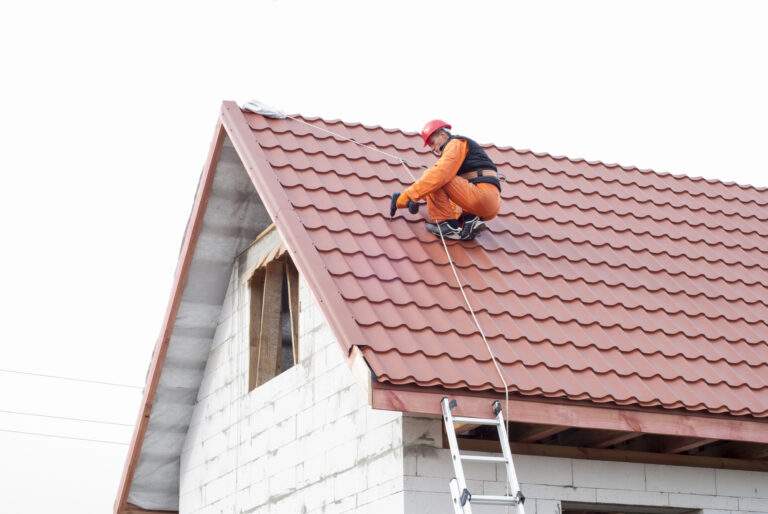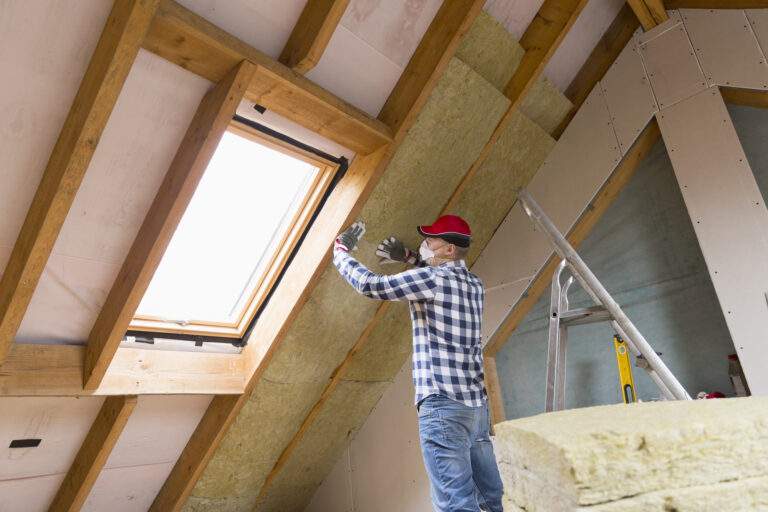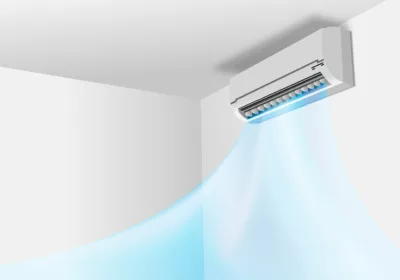
The Pros and Cons of a Split Air Conditioner for Your Home
Installing multiple single air conditioning units doesn’t have to be the answer when you’ve got a big home or family members with different temperature requirements. If you’re after a cleverer way to keep different parts of your home at different temperatures, regardless of whether it’s winter or summer, then a split air conditioner with just one external unit could be the answer for you.
A split air conditioner can be an effective option in your home, and given that it means maintaining, servicing and repairing one unit instead of multiple, it could be the right choice for you.
What is a split air conditioner work?
With a split air conditioner, you can power four or five internal units, running simultaneously, from one external unit. Yes, that’s right – just one external unit. This means full house coverage, with one installation.
How? The outdoor unit is a combined outdoor compressor and condenser unit, and is designed to be powerful enough to manage multiple internal units running together at different temperatures. But, like anything, there are pros and cons. Let’s explore them.
Split air conditioner – the pros
- You choose how to control them – you can choose to use individual remote controls on each of the internal units, or run a centralised remote so you have control over each room’s temperature.
- More energy efficient, so more cost effective – with a split air conditioner, you’re only using one external unit to power the internal units, which means it’s more energy efficient and cost effective than having multiple separate air conditioners installed with their own external units powering them.
- Takes up less space outdoors – when you install multiple separate air conditioners, that means multiple external units along the side of your house, which takes up a lot of room. With a split air conditioner, you have just one external unit, so its footprint is much smaller.
- Less maintenance – as mentioned above, installing a split air conditioner means maintaining one unit, not multiple. And air conditioner parts are readily available on the market from appliance spare parts providers, which makes maintenance much less costly.
Split air conditioner – the cons
- Split level house restrictions – the bigger the house, the more tubing is needed to run the indoor units from the external unit, so a split air conditioner may not be feasible if you live in a house that’s two or more storeys high. Checking with an experienced installer first before purchasing is recommended.
- Noise – the external unit of a split air conditioner can be noisier than a standard air conditioner. This is because it’s responsible for powering multiple units inside. If you have close quarter neighbours, it may not be ideal.
- No air if the external unit breaks down – if the external unit breaks down or needs replacement, this will mean all the indoor units will be out of action. You’ll need to purchase air conditioner parts to replace the faulty components, or consult an appliance spare parts and service provider for their expertise, before getting hot or cold air running through your home again.
Making the right choice for your home
Weighing up the pros and cons of a split air conditioner for your home is important before making the decision. When it comes to heating or cooling multiple rooms, will a split air conditioner be more effective than a single unit that’s ducted? Or multiple single units connected to your ducting? One thing that it pays to factor in is the cost of maintaining or repairing one unit, versus multiple.
Regardless of the decision, any type of air conditioner will need repairs and maintenance over time. Luckily, with air conditioner parts being readily available from experienced, knowledgeable appliance spare parts wholesalers, you’re covered no matter what type of unit you install.
















